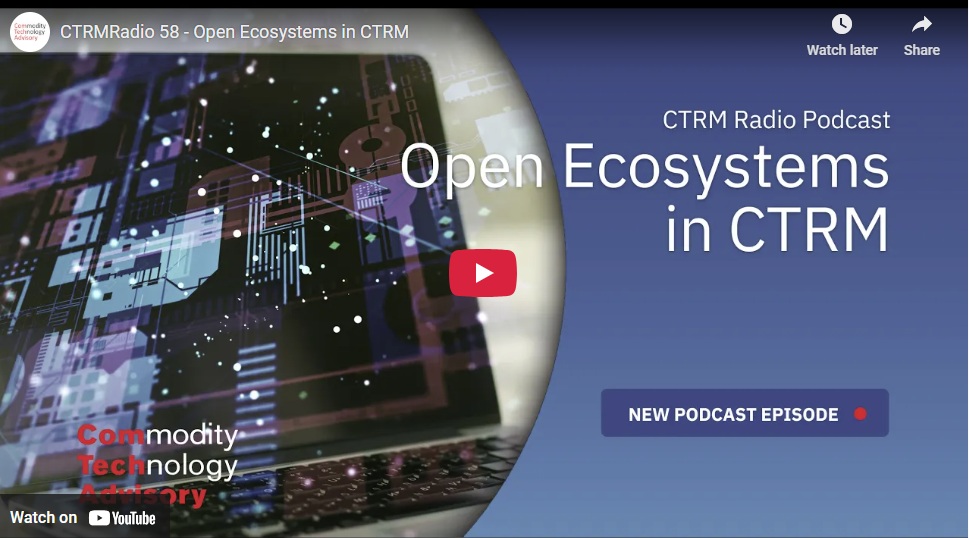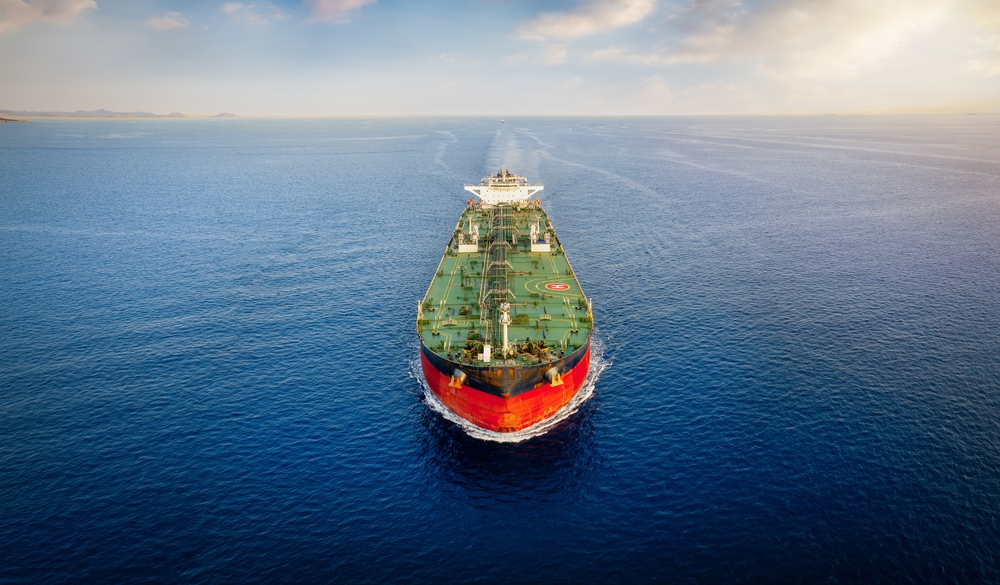For companies operating in the commodity trading space, Commodity Trading and Risk Management (CTRM) systems are essential tools. They manage everything from trade capture and risk analysis to settlement and reporting. But if you’ve ever looked into purchasing a commercial CTRM system, you’ve probably encountered a bit of sticker shock. Why are these systems so expensive, and what drives their high price tags? In this blog, we’ll explore the factors that contribute to the steep costs of commercial CTRM systems and why you might be paying for features you don’t even use.
1. Building CTRM Systems Is Complex and the Market Is Relatively Small
Developing a CTRM system is no easy task. These platforms must handle a wide array of functions: trade capture, risk management, logistics, financials, and regulatory compliance—all while supporting a wide variety of commodities. Each commodity type, whether it’s oil, gas, agriculture, metals, or power, comes with its own unique complexities and market dynamics. Add in the need for real-time data, risk modeling, and integration with external systems, and it’s easy to see why building a CTRM system is so challenging.
The complexity of development is compounded by the fact that the market for CTRM systems is relatively small. Unlike general-purpose software used by a wide range of industries, CTRM systems cater to a specialized group of companies in the commodities sector. This limited customer base means that development costs must be spread across fewer buyers, which drives up the price per customer.
2. CTRM Systems Compete on Features and Try to Cast Wide Nets
In an attempt to attract as many customers as possible, CTRM system providers often compete by offering a wide range of features. They aim to cast a broad net, designing systems that appeal to companies across multiple commodity verticals and use cases. As a result, these systems are packed with advanced functionalities, complex modules, and customizable options to accommodate the needs of different users.
While this feature-rich approach can be beneficial for companies with highly specialized needs, it also contributes to higher costs. Developing, maintaining, and supporting such a broad set of features requires significant resources, and these costs are passed on to customers in the form of higher software prices. The more a system tries to do, the more it costs to build and support.
3. CTRM Providers Try to Keep Prices High
Commercial CTRM providers often deliberately maintain high pricing structures. For many, CTRM systems are considered mission-critical software, meaning that companies are willing to invest heavily in these platforms to ensure their trading and risk management processes run smoothly. Providers know this and position their systems as premium solutions, keeping prices elevated to reflect the perceived value and importance of the software.
In addition, many commercial CTRM providers operate with licensing models that require large up-front fees or ongoing subscription costs. These pricing structures are designed to lock in customers for the long term, creating a steady revenue stream for the vendor. For businesses, this means higher costs over the life of the software, with limited flexibility to adjust as their needs change.
4. You Are Subsidizing Features You Don’t Use
One of the biggest frustrations for many companies is that when they invest in a commercial CTRM system, they often end up paying for features they don’t use. Because these systems are designed to serve a wide variety of commodities and use cases, many of the modules and features included in the system may be irrelevant to your specific needs. Whether it’s a feature for managing metals trades when you only deal with agricultural products, or advanced analytics tools you don’t need, these “extra” features still contribute to the overall cost of the system.
In essence, you are subsidizing the development and support of features that don’t provide value to your business. While some companies may find it worth the investment to have every feature imaginable, others would prefer a leaner, more focused solution that addresses only their core needs—at a lower price point.
Conclusion: The True Cost of CTRM Systems
The high cost of commercial CTRM systems can be traced back to a combination of factors: the complexity of development, the effort to offer a broad range of features, the deliberate pricing strategies of providers, and the fact that customers often pay for features they don’t use. For companies in the commodity trading space, it’s important to carefully evaluate whether the features offered by a CTRM system align with your specific needs—and whether the high cost is justified by the value you’ll receive.
As the CTRM market continues to evolve, more companies are looking for alternative solutions that are more cost-effective and tailored to their needs. Whether it’s through open-source platforms, modular systems, or customized solutions, the future may offer more affordable options that provide the essential functionality without the unnecessary expense.



